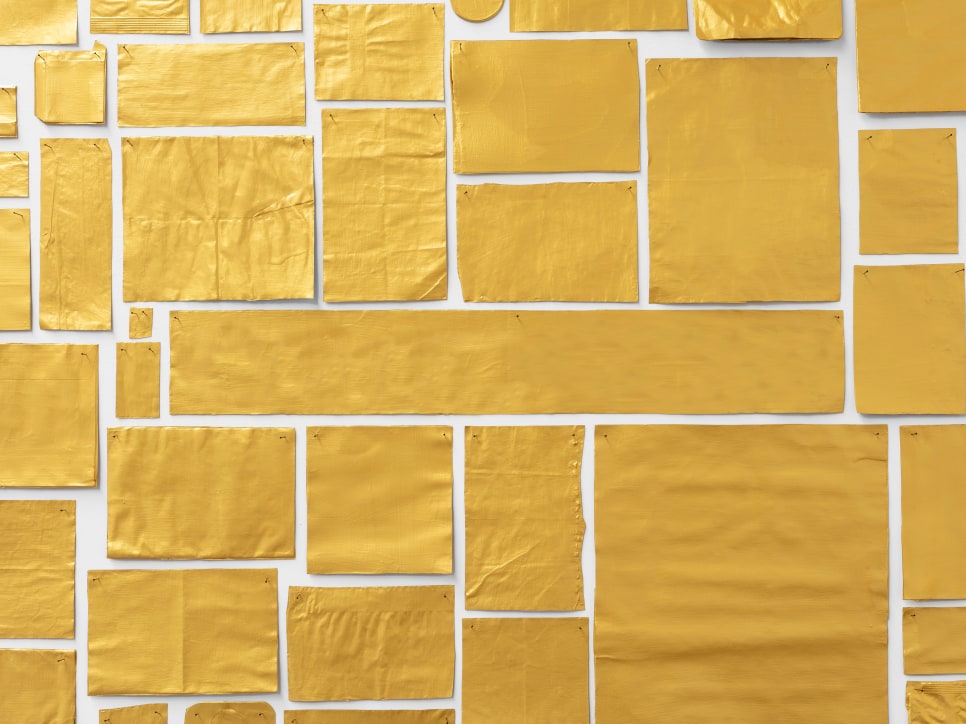
sofía táboas, damián ortega, gabriel kuri, rirkrit tiravanija, fernando ortega, alejandro carrasco, jonathan hernández, gabriel orozco, daniel guzmán, philippe hernandez, luis felipe ortega, minerva cuevas, abraham cruzvillegas, eduardo abaroa
“Market Economy: An exercise in dislocation to understand the market’s systems of exchange. How artworks are presented and circulate. Inexpensive materials not unlike those found in markets. The works immediacy, put into circulation, reflected in pieces made of perishable materials or participatory works. Series of works rather than multiplies. In spite of the artwork’s low price, there were no subsidies. Conceived in terms of a market. Everything was sold. Playing with the market’s own rules-opening hours, prices, and materials. A single day, a market based on opportunity. Not speculation.”
A Tale of kurimanzutto, SITAC I Exchanges in Contemporary Art. Chronicles, Controversies and Bridges, January 2002.
original press release:
kurimanzutto represents a generation of young, mostly Mexican artists, supporting their work in Mexico and abroad. The artists and their work are the gallery's main focus, and for this reason kurimanzutto does not have a set exhibition space—a condition that allows the gallery to adapt to the needs of each project.
On Saturday, August 21st, kurimanzutto will present Economía de mercado (Market Economy). This is the first event including all the artists represented by the gallery; it is not a traditional exhibition, but rather a pop-up market sale. In addition to the usual flowers, piñatas, and pantry items, the mercado Medellín, a public market in the Roma neighborhood, will host a one-time only sale of contemporary art. The two stalls next to Mr. Ceferino ¬–the fruit vendor– will display art works that have been created from materials found in the same market. Made specifically for this context, all of the pieces are priced in a range from 25 to 500 pesos.
Economía de mercado will be open to the public for less than 24 hours, during the normal operating hours of the market, from 9 am to 6 pm.
press reviews:
“Kurimanzutto doesn't have its own space but invents a new situation with each of its interventions. The first such event –there have now been four all told– “Economía de Mercado” (Market Economy), lasted only a day: The artists showed their wares, so to speak, at a market stand in Mexico City. The prices of the artworks were in line with those of other consumer goods for sale at adjacent stands. Tonight, don't forget to buy onions, peppers, olive oil and a work of art—and why not? Don't galleries offer sustenance from time to time?”
Criqui, J-P. (September, 2000), Galería Kurimanzutto, ArtForum (Vol. 39, No.1)
“When Claes Oldenburg opened his downtown New York Store in 1961, his papier mâché sculptures of grocery items critiqued the way context creates value in the art world. Sarah Lucas and Tracy Emin’s 1993 Shop on London’s Brick Lane allowed the artists to produce and sell their work outside of the gallery system, as if from a tourist’s souvenir stand. For ‘Market Economy’, kurimanzutto’s first exhibition in 1999, the then-itinerant gallery installed works by 13 artists for 24 hours in a rented Mexico City market stall. Such projects were playful repudiations of art-world pageantry, which can sometimes mask the basic commodity status of artworks; but they also revealed a desire to make art more accessible by treating it no differently than corner-shop wares.”
Moffitt, E. (March, 2017), Gabriel Orozco, Frieze (Issue 186)